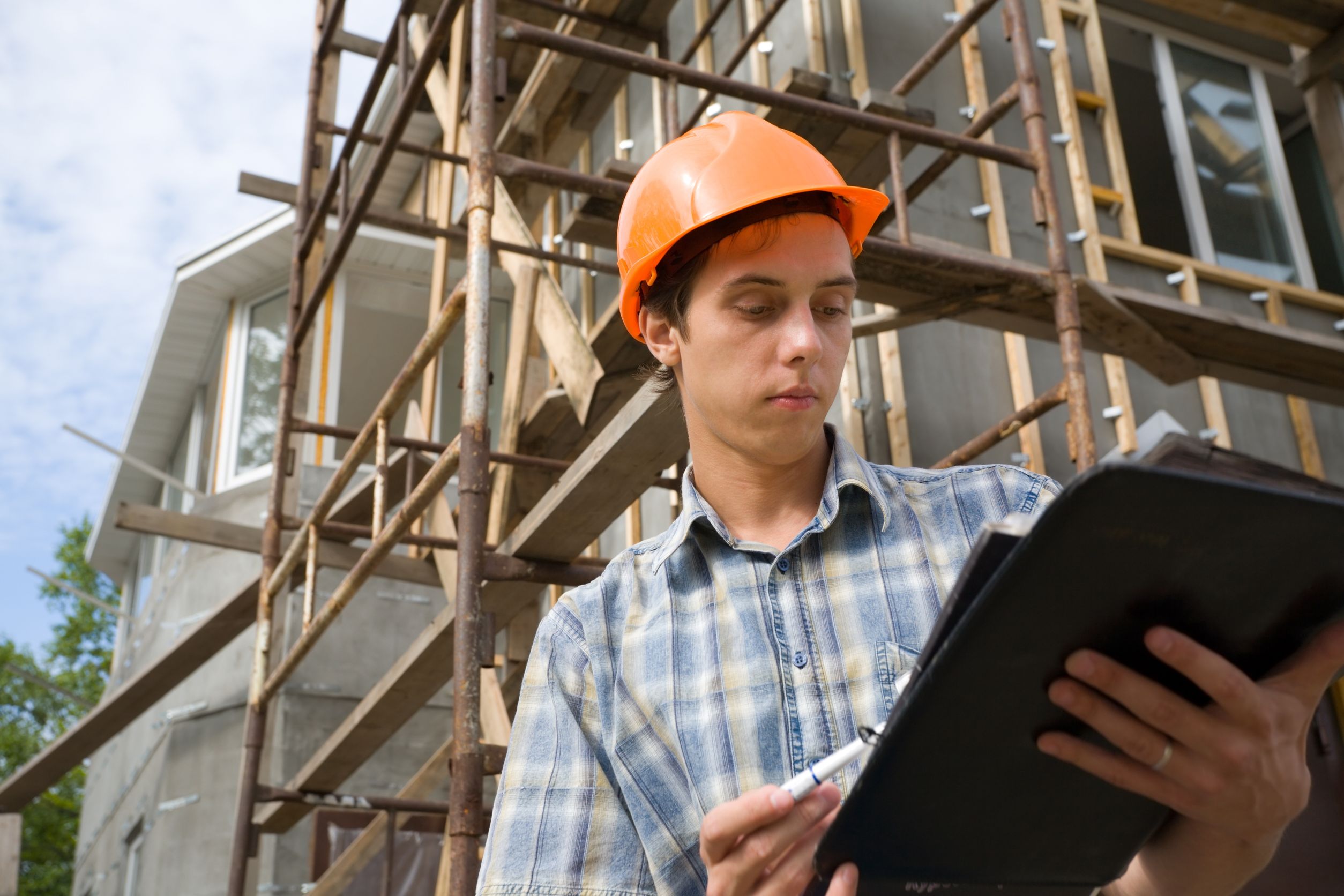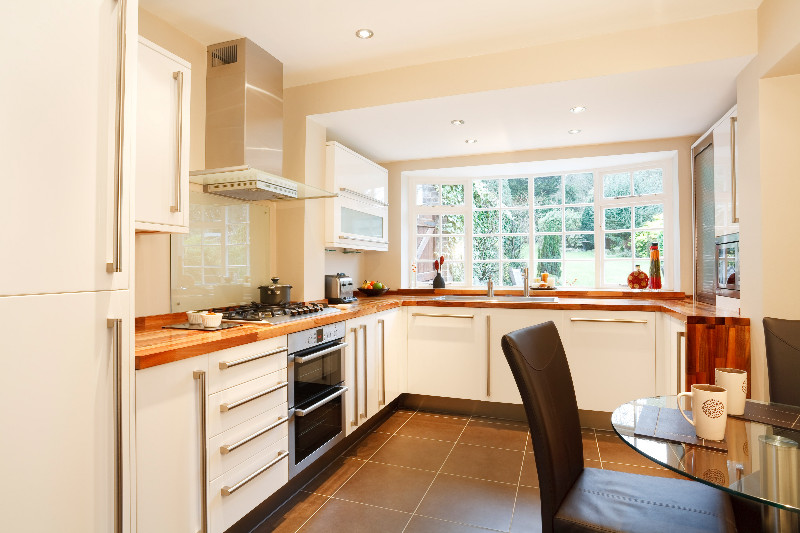Basements can be a challenge to homeowners, especially homeowners who live in areas that have clay or loamy soil, and which also experience heavy rains. Homes in this type of environment basements often flood and fill with water, without the help of a sump pump getting the water to drain can be a huge problem. Water is bad enough, but mold, which the water encourages to grow, can be the even bigger hassle. The walls and floors in these basements tend to be damp year round, providing the perfect breeding ground for all kinds of molds, including black mold, which can trigger all kinds of health problems and, if it gets bad enough, will result in the home getting condemned.
Installing a French drain will be a great solution for the homeowner. Not only will the installation of the drain reduce the chances of mold creating respiratory and other health problems, but will also decrease the number of repairs homeowners will have to perform on the concrete walls and floors of the basement.
Most people assume the French drain will be installed into the basement floor to help quickly remove the water from the basement. That’s not the case at all. French drains are better, they’re designed in such a way to make sure the basement never gets wet in the first place.
When tired of dealing with wet basements, homeowners need to get in contact with a company who will be able to create some trenches near the home, which will later be filled with sand or gravel. The layout of the trenches will be very specific; they’re supposed to be done in such a way that the water gets drawn away from the house. Not only will the basement stay dry, but the yard and driveway will also be less likely to flood. They need to be deep enough to deal with heavy rains and melting snow. It’s very important to make sure the company hired to do create the French drain has a great deal of experience, and understand the ecology and water shed surrounding the home.
There’s two different types of French drains. One works better for some homeowners, while other areas will be better with the second type. Areas prone to water staying on the land for long periods of time will mostly likely want to have tiles buried along the side of the house and outbuildings. The more water and snowfall the are receives, and the lower the land the home has been constructed on, the more extensive the French drain will have to be.
Heavy equipment will be needed for the construction of the drain, meaning the drain needs to go in when the ground is dry, so the equipment doesn’t get stuck.

